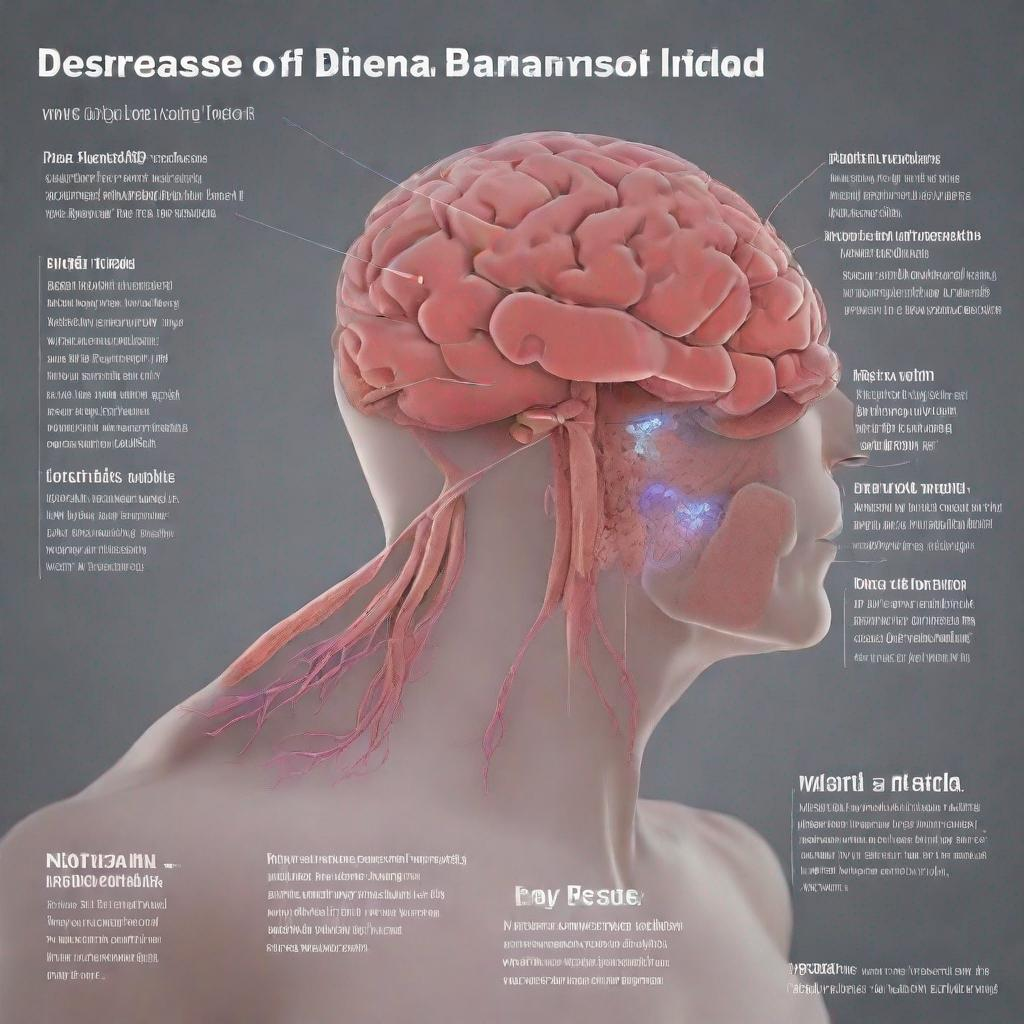## Post-Traumatic Stress Disorder (PTSD)
**Introduction**
Post-traumatic stress disorder (PTSD) is a mental health condition that can develop after a person has experienced or witnessed a traumatic event. Trauma can involve exposure to actual or threatened death, serious injury, or sexual violence.
**Symptoms**
PTSD symptoms can range from mild to severe and typically fall into three categories:
* **Re-experiencing:** Flashbacks, nightmares, intrusive thoughts or memories of the traumatic event
* **Avoidance:** Avoiding people, places, or situations that remind them of the trauma
* **Hyperarousal:** Feeling constantly on edge, hypervigilant, or startled easily
**Diagnosis**
Diagnosing PTSD requires a thorough evaluation by a mental health professional, such as a psychiatrist or psychologist. The evaluation will include a detailed account of the traumatic event, an assessment of symptoms, and a review of the person’s medical and psychiatric history.
**Tests**
There is no specific test for PTSD. However, a doctor may recommend tests to rule out other medical conditions that could be causing the symptoms.
**Prevention**
Preventing PTSD is not always possible, but some strategies may help reduce the risk:
* Seeking professional help after a traumatic event
* Practicing relaxation techniques
* Connecting with loved ones for support
* Avoiding alcohol and drugs
**Treatment**
PTSD treatment typically involves a combination of psychotherapy and medication:
* **Psychotherapy:** Cognitive-behavioral therapy (CBT) and eye movement desensitization and reprocessing (EMDR) are common types of therapy used to help people process the trauma and develop coping mechanisms.
* **Medication:** Antidepressants and anti-anxiety medications can help manage symptoms and improve mood.
**Complications**
If left untreated, PTSD can lead to a number of complications, including:
* Anxiety and depression
* Dissociative disorders
* Panic attacks
* Phobias
* Insomnia
* Nightmares
* Substance abuse
**Body Parts**
Several brain regions are involved in the development and maintenance of PTSD:
* **Amygdala:** Processes fear and emotional responses
* **Hippocampus:** Involved in memory formation
* **Prefrontal cortex:** Regulates executive functions and decision-making
**Related Terms**
* **Trauma:** Any event that threatens or causes physical or psychological harm
* **Dissociation:** A mental state where a person feels detached from reality or their own body
* **Flashbacks:** Sudden, vivid memories of the traumatic event
* **Hypervigilance:** Extreme alertness and awareness of potential threats
* **Intrusive memories:** Unwanted, recurring thoughts or images of the traumatic event
* **Night terrors:** Sudden awakenings from sleep accompanied by intense fear and confusion
* **Secondary post-traumatic stress disorder:** PTSD developed by individuals who were not directly exposed to the traumatic event but witnessed or learned about it
* **Vicarious trauma:** PTSD-like symptoms experienced by people who have provided support to trauma survivors
* **War trauma:** PTSD resulting from exposure to combat or other war-related experiences



